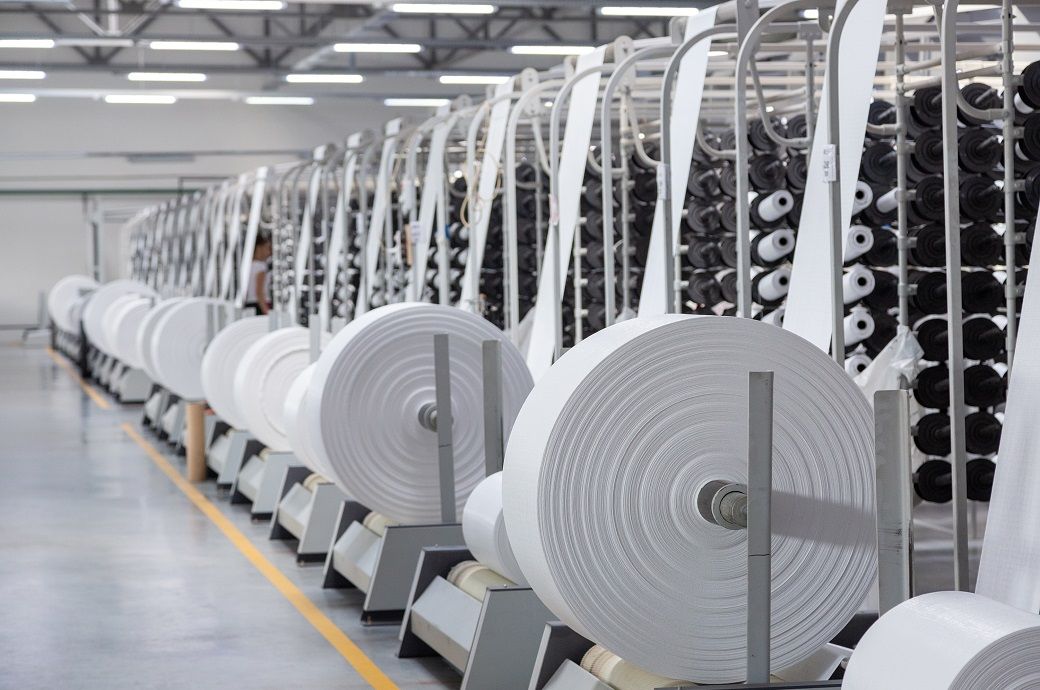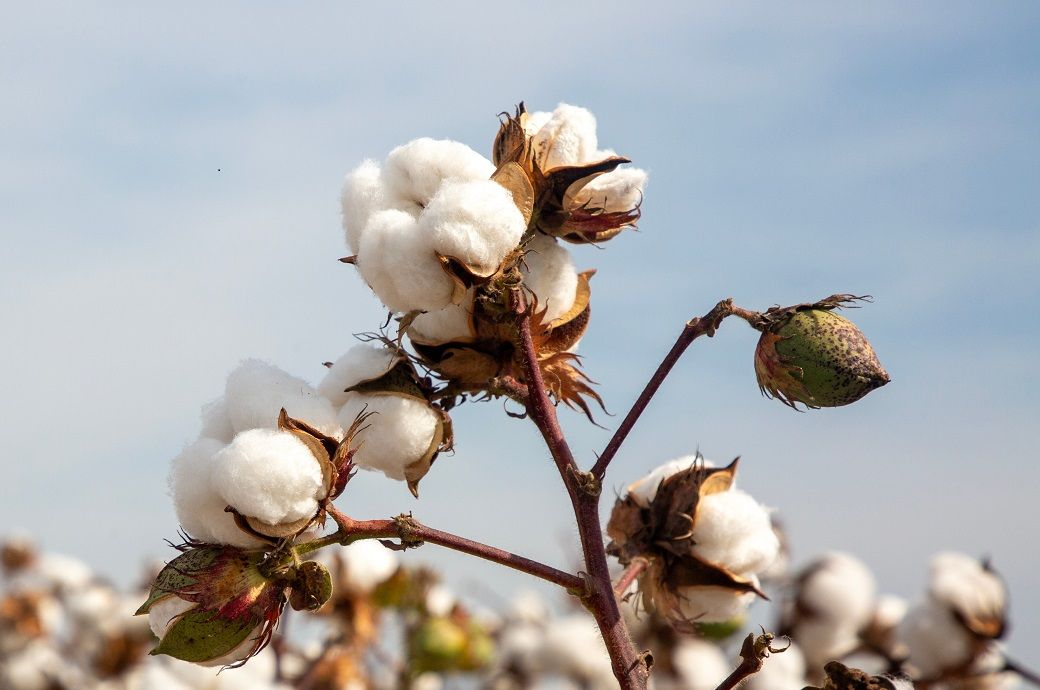Fashion
India’s textile industry eyes full value addition after QCO removal

R K Vij, secretary general of the Polyester Textile Apparel Industry Association (PTAIA), told Fibre2Fashion, “India has taken a bold step making Indian textile products competitive in the global market. The QCOs earlier led to increased raw material prices of the entire textile value chain affecting the growth of Indian MMF industry, both in terms of domestic growth as well as export competitiveness. The apparel and textile sector essentially uses two kinds of raw materials. Any non-tariff barrier like QCOs, anti-dumping duty on the basic raw materials should not be there but the same could be put on the value-added products like fabrics and garments so that the import of these value-added products could be restricted.”
India’s removal of QCOs on polyester value chain products has boosted industry confidence, with leaders saying it will lower raw material costs, improve global competitiveness, and support MMF-led growth.
SIMA and PTAIA leaders welcomed the move, urging similar action for viscose staple fibre and filament yarn to capture emerging global market opportunities.
“With the phasing out of QCOs, Indian textile industry will be able to sustain its fullest growth potential not only in the domestic market but also in the most competitive global markets with the availability of raw materials till the stage of fibre and yarn at internationally competitive prices”, Vij stated.
Previously, the rapid rise in QCOs increased compliance costs, caused delays, and led to supply chain disruptions for the MSME sector. However, the removal of QCOs on textile products and their raw materials is expected to ease compliance burdens and positively impact industrial supply chains.
Durai Palanisamy, chairman of the Southern India Mills’ Association (SIMA), thanked the government for removing the QCOs, stating that this path-breaking reform marks a major milestone in positioning India as a global hub for manmade fibre (MMF)-based textiles and apparel. In a statement, he noted that removing the QCO on terephthalic acid and ethylene glycol—key raw materials for manufacturing polyester fibre—is a welcome move that will improve raw material availability and boost competitiveness. Overall, the decision is expected to accelerate growth across the MMF textile value chain, including yarns, fabrics, garments, made-ups, and technical textiles.
The SIMA chairman further observed that easing QCOs will streamline imports of polyester and its raw materials, ensuring uninterrupted supply to spinners, weavers, and processors. Competitive imports are likely to stabilise domestic prices, reducing cost pressures on downstream manufacturers and exporters.
He also appealed to Prime Minister Narendra Modi to remove the QCO imposed on viscose staple fibre (VSF) and filament yarn, which must be made available at internationally competitive prices and in an uninterrupted manner to seize emerging global market opportunities.
Fibre2Fashion News Desk (KUL)
Fashion
Mexico’s apparel sourcing from Asia-Pacific tops $4 bn in 3Q 2025

Between January and September ****, Mexico imported apparel worth $*.*** billion, covering *.*** billion garment pieces. Of this, *.*** billion pieces—equivalent to **.** per cent of total import volume—originated from Asia-Pacific suppliers, according to *fashion.com/market-intelligence/texpro-textile-and-apparel/” target=”_blank”>sourcing intelligence tool TexPro. While the value share improved from **.** per cent in the corresponding period of ****, the import volume dipped slightly from *.*** billion pieces to *.*** billion, indicating a higher average unit value as buyers shifted towards higher-value or better-quality product categories.
In comparison, apparel imports in the first nine months of **** were $*.*** billion (*.*** billion pieces), of which the Asia-Pacific region accounted for $*.*** billion or **.** per cent. On a full-year basis, Mexico imported apparel worth $*.*** billion in ****, including $*.*** billion from the region (**.** per cent share). The annual trend suggests that Asia-Pacific’s contribution has consistently remained close to ** per cent since ****, when total imports stood at $*.*** billion, followed by $*.*** billion in **** reflecting sustained reliance on Asian hubs for mass-market fashion, basics, and fast-moving apparel categories.
Fashion
MS Printing Solutions presents waterless digital systems at ITMA ASIA

The companies presented systems that merge MS machinery, dryers and software with JK Group’s high-performance inks to create a streamlined, resource-efficient process tailored for modern textile production.
MS Printing Solutions and JK Group showcased advanced sustainable digital textile printing technologies at ITMA ASIA + CITME Singapore 2025, featuring a fully integrated, waterless pigment printing workflow.
The system minimises water, chemical, and energy use, improves efficiency, supports on-demand production, and helps manufacturers meet global sustainability and profitability goals.
A key highlight was the waterless pigment printing process, which removes the need for traditional steaming and washing. This approach sharply cuts water and chemical usage while lowering energy demand and operational costs. By simplifying production, the technology supports manufacturers in reducing environmental impact and progressing towards global sustainability standards required by international supply chains.
The integrated system also supports near on-demand production, enabling mills to align output more closely with actual demand. This helps reduce overproduction and the billions of garments wasted every year. MS Printing Solutions further demonstrated enhanced workflow efficiency through intuitive software that speeds up calibration, improves colour yield and delivers higher brightness.
Explaining how their solutions simplify operations while lowering production costs, Massimo Cavazzini, global sales lead at JK Group and MS Printing Solutions, told Fibre2Fashion in an earlier interview, “Choosing our solution means choosing digital printing—bringing customisation, flexibility, and efficiency to the forefront. With no limits on print runs and fewer production steps, manufacturers benefit from shorter time-to-market and lower costs. We have also engineered an advanced process monitoring system to ensure long-term ink reliability, maximising profitability for our clients. Our global vision is strategically designed to support local markets and customer preferences, while enhancing efficiency, productivity, and service through operational synergies. In essence, you print what you want, when you want, and only pay for what you need.”
Fibre2Fashion News Desk (HU)
Fashion
ICE cotton stays weak as dollar falls; WASDE report awaited

ICE March 2026 cotton futures settled at 64.53 cents per pound, down 0.28 cents or 0.43 per cent. New contract-low closes were recorded for December 2025, March 2026, May 2026, and July 2026 for the second consecutive session.
ICE cotton futures remained weak ahead of WASDE report, with March 2026 settling lower and several contracts hitting new lows.
A softer US dollar offered limited support, while market caution persisted amid weak demand and muted buying.
US government’s reopening and recent export sales data had little impact, and analysts expect higher supply estimates as December’s first delivery date approaches.
The dollar fell to a two-week low, improving foreign buying interest, while Wall Street’s sharp decline and fading expectations of rate cuts added to overall market caution.
Total volume traded today stood at 94,153 contracts, while yesterday’s cleared volume of 115,071 contracts ranked as the eighth-highest on record.
The US government reopened after a 43-day shutdown, with most federal services resuming, and cotton prices remaining flat. Loan programmes will offer temporary relief to growers.
USDA export net sales for the week ending September 25 were 200,600 bales, including 199,500 Upland bales and 1,100 Pima bales for the 2025–26 season. This was the last weekly US cotton sales report issued before the shutdown.
Market sentiment remains under pressure as sellers are not realising profits despite competitive pricing, and demand is expected to stay muted.
Market analysts said the upcoming USDA report may show higher supply and a slight reduction in export projections. The December contract remained under pressure as the first delivery date approaches on November 21.
This morning (Indian Standard Time), ICE cotton for December 2025 was trading at 62.93 cents per pound (up 0.03 cent), cash cotton at 60.40 cents (down 0.40 cent), the March 2026 contract at 64.56 cents (up 0.03 cent), the May 2026 contract at 65.76 cents (up 0.06 cent), the July 2026 contract at 66.85 cents (up 0.04 cent), and the October 2026 contract at 67.33 cents (down 0.26 cent). A few contracts were unchanged from their previous close, with no trading recorded so far today.
Fibre2Fashion News Desk (KUL)
-

 Entertainment7 days ago
Entertainment7 days agoChina unveils£5.4 bn Fujian, its most advanced aircraft carrier yet
-

 Politics1 week ago
Politics1 week agoIDF lawyers warned of possible Gaza war crimes: US intel findings
-

 Entertainment1 week ago
Entertainment1 week agoRobert Pattinson jokes about competing with Gen Z
-

 Tech1 week ago
Tech1 week ago‘Vibe coding’ named word of the year by Collins dictionary
-

 Business1 week ago
Business1 week agoFM asks banks to ensure staff speak local language – The Times of India
-

 Sports1 week ago
Sports1 week agoWho’s the striker beating Mbappé, Haaland in race for European Golden Shoe?
-

 Business1 week ago
Business1 week agoBudget tax hikes could see food prices soar, major supermarket boss warns
-

 Tech1 week ago
Tech1 week agoThe Government Shutdown Is a Ticking Cybersecurity Time Bomb


















